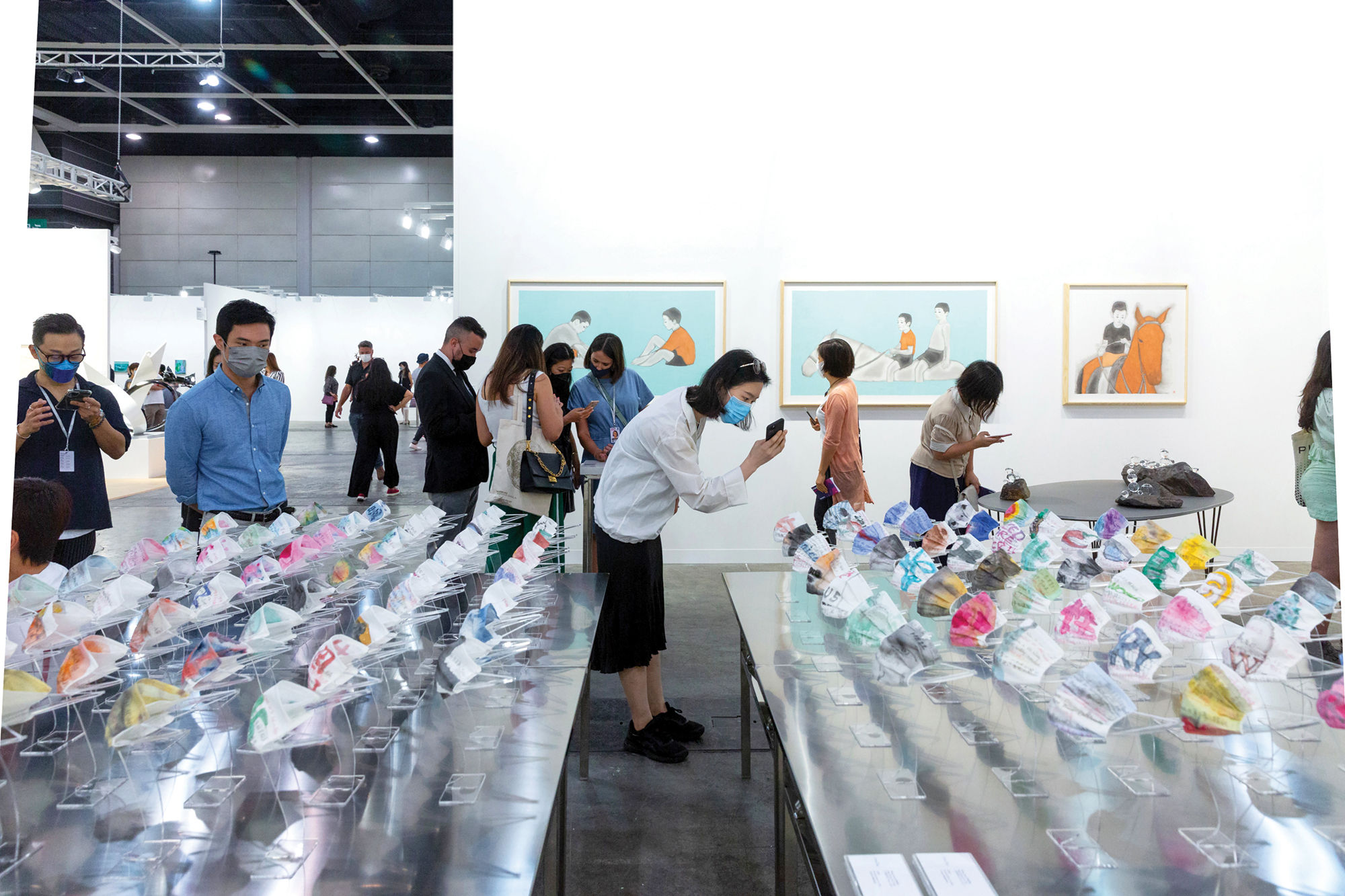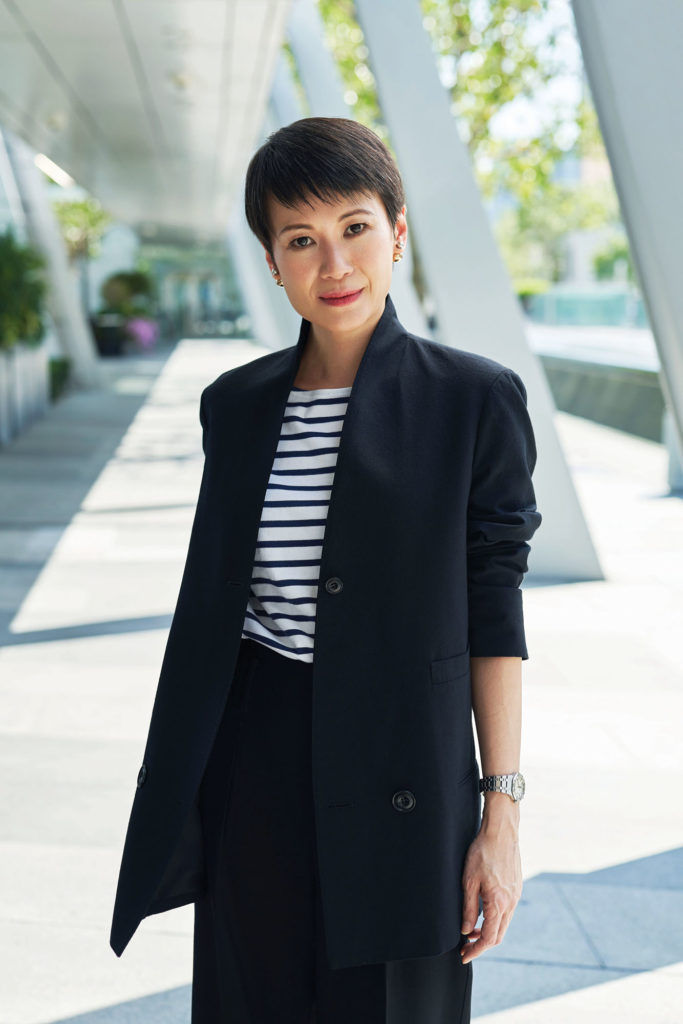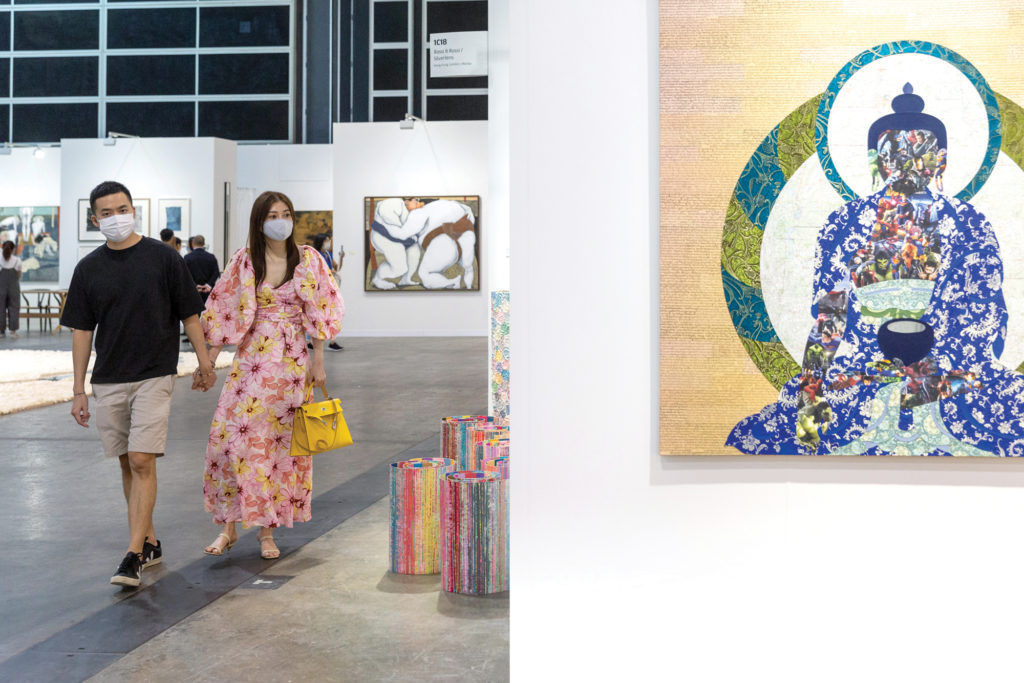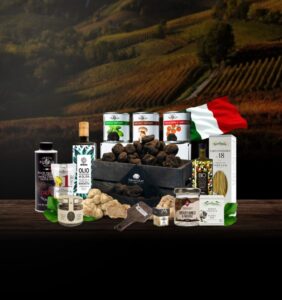

Art Basel’s Adeline Ooi talks to Prestige about telling Eastern stories and histories through art and empowering both artists and audiences.
In March 2020, when the World Health Organisation declared Covid-19 a pandemic, Art Basel Hong Kong became one of the large events to cancel and move online. But the organisation adapted, staging its first hybrid show in Hong Kong last year, a clever combination of physical and digital that was achieved through the help of virtual reality and satellite booths staffed by locals on the ground.
Art Basel Hong Kong is, of course, one of the biggest contemporary art fairs in the world and perhaps the most important in the Asia-Pacific region. Without a doubt, it’s the highlight of Hong Kong’s “art month”, showcasing established and up-and-coming galleries. But what makes the fair so significant, is how seriously and passionately it takes the question of representation and the idea of community.
We talk to Adeline Ooi, director Asia at Art Basel, about empowering Asian artists, audiences and communicating previously untold stories through art.

Tell us a little about your own art journey and relationship with Asian art.
I’m Malaysian by origin. I went to school in London, to Central Saint Martins, and I came home and realised there’s so much about my own region, about Asia, that I didn’t know about. And thus began the process of throwing out my Western art education.
I was working at Valentine Willie [Fine Art gallery in Kuala Lumpur] in the early 2000s and then received a grant from the Asian Public Intellectuals Fellowships Programme that took me to the Philippines and Indonesia for two to three years, doing fieldwork in a researcher’s sense, in the traditional sense. I got to know a lot of the practices around Southeast Asia and learn them over those years. I really kind of understood the whole region, finally, as a young adult.
That’s when I really began to fall in love with not just Southeast Asia, but Asia in general. It’s so large, there’s so much to learn – ancient civilisations and contemporary history – and it’s a huge melange of stories. I’m a complete sucker for a great story, I think that was always the hook: being an Asian rediscovering your own region; learning that there’s so much more out there to be proud of. I think when you’ve been studying in London, you only see the world from a very specific worldview and you realise, “Hey, actually, my part of the region has as much to offer as anybody else’s.” It’s just that the stories haven’t been told… Asia’s fragmented in so many ways; we are divided into so many different languages, religious beliefs, and socio-political conditions.

How do you conceptualise each year’s Art Basel show in Hong Kong? How do you and your team finalise galleries, artists and projects? And tell us about the process and what you look for in particular.
Every show – Basel, Miami and Hong Kong – has a different group of selection-committee members made up of galleries. This goes back to the legacy of Art Basel, which was founded by gallery owners with legendary gallerist Ernst Beyeler leading the charge. It was set up by galleries for galleries.
Every year, we invite all participating galleries to submit their proposals, because there’s no such thing as “once you get in, you’re in forever”. We wish to deliver the best quality possible when it comes to our show; the proposals help us understand the scope of the show better and help us select in a much more objective manner.
Within the Hong Kong show, the quota is very specific. We ask that 50 percent of the content in our show – 50 percent of the galleries with spaces in Asia and the Asia Pacific. This is what makes the Hong Kong show so unique and special. You see a huge concentration of Asian galleries and artists – and, for international audiences, institutions, collectors and art-world insiders, the show provides a sense of discovery, because there’s so much about the art practices from this part of the world to discover and learn.
The fundamental conceptual or philosophical aim is to allow for a different proposition of art histories, a different imagination, or ways to frame and reframe our histories. In some ways, I love the Hong Kong show much more than anything else because I feel as if the stories are still being written and re-written and art histories are being remapped. Artists are showing us there are a multitude of possibilities to make sense of one’s surroundings, and the ways in which we’re connected to the wider global histories. If you open your eyes, the learning never stops. Every year, there’s a discovery of previous practices that we’re not aware of, or a seminal artist or movement to learn about. In many ways, this is due to the fact that we were never exposed or had access to a particular art scene – or at times it’s due to the language, as texts were previously unavailable in other languages. The key objective of the Hong Kong show is to bring Asia closer together; and to build that bridge between East and West, so there’s a wider conversation, told from a global Asian perspective.
“There’s so much about the art practices from this part of the world to discover and learn”
Art Basel has been supporting emerging platforms across the Asia-Pacific region, like Art Week Tokyo (AWT) and SEA Focus in Singapore. Why these collaborations?
Covid came and changed everyone’s world, changed all our lives. And along with it, we were also forced to reassess our own objectives by asking ourselves, “How do we wish to operate as an organisation?”, “What’s the best use of our presence in Asia?” and “How can we make a positive impact in the region?” We thought about where Asia is right now and how we can effectively contribute to building infrastructures in this region and help strengthen Asia’s growing art scenes. We opted to work together with other platforms and organisations in the region by sharing knowledge and know-hows.
Our involvement with Art Week Tokyo (AWT), and with S.E.A Focus, resulted from a series of ongoing conversations with our galleries. Aside from our regular fairs, our team maintains a good working relationship with many of our galleries throughout the year. Occasionally, a gallery or institution would come to us with questions relating to events planning or logistics more, and we’d share our insights and advice with them. Since we have a shared understanding and mutual trust, we therefore decided – you know what? – let’s try this out.
The whole point of doing this is because we wish to operate respectfully in this region. Relationship is everything in this part of the world. I’d like to put it out there and say that AWT and S.E.A Focus are very much their own entities – we’re merely the back-up singers here. We want to encourage regional and local specificity, to be true to one’s context. At the end of the day, we share one common goal: audience development. The region is growing, and art can have a bright future in Asia. I feel if we share our knowledge in this part of the world, we’re all the better for it.

What can we expect from this year’s Art Basel?
Honestly, I’m excited, because we have a slightly bigger show compared to last year. We have 137 galleries, which is amazing. I think the other huge, huge win for us is that we have 82 galleries participating with a satellite booth in total. In terms of the show, there’s so much to discover – great historical projects, fresh approaches by younger artists, as well as a whole host of new galleries (16, to be precise). There’s also strong sense of Southeast Asian practices represented in this year’s show, as well as art from different regions – such as Mexico.
What are your goals for the show moving forward?
The goal hasn’t changed. It’s about showcasing Asia, or the best that Asia has to offer. It’s about empowering our region, empowering the audience through discovery and knowledge. Personally, I feel it deeply important to see your own people out there, to see our histories and culture presented to a global audience and to know that your artists are being recognised. I hope that for children who are growing up, you’ll see the art world differently and not as [somewhere]… you can’t make a living, unlike the older generations – like me – where it was frowned upon to go to art school.
As an Asian working in the art world for the past 25 years, and as someone who has had the privilege of experiencing the diverse art scene across the Asia-Pacific and more, I truly believe we have so much to be proud of in Asia, and we shouldn’t sell ourselves short. I hope we can be more balanced in our outlook moving forward – and not assume that everything from the other side [the West] is always better. The story about Asia is still being written, we are still growing, coming to terms with who we are.
This story first appeared in the March 2022 issue of Prestige Singapore.
The post Art Basel Hong Kong 2022: Asian art for Asians — and the world appeared first on Prestige Online – Singapore.

